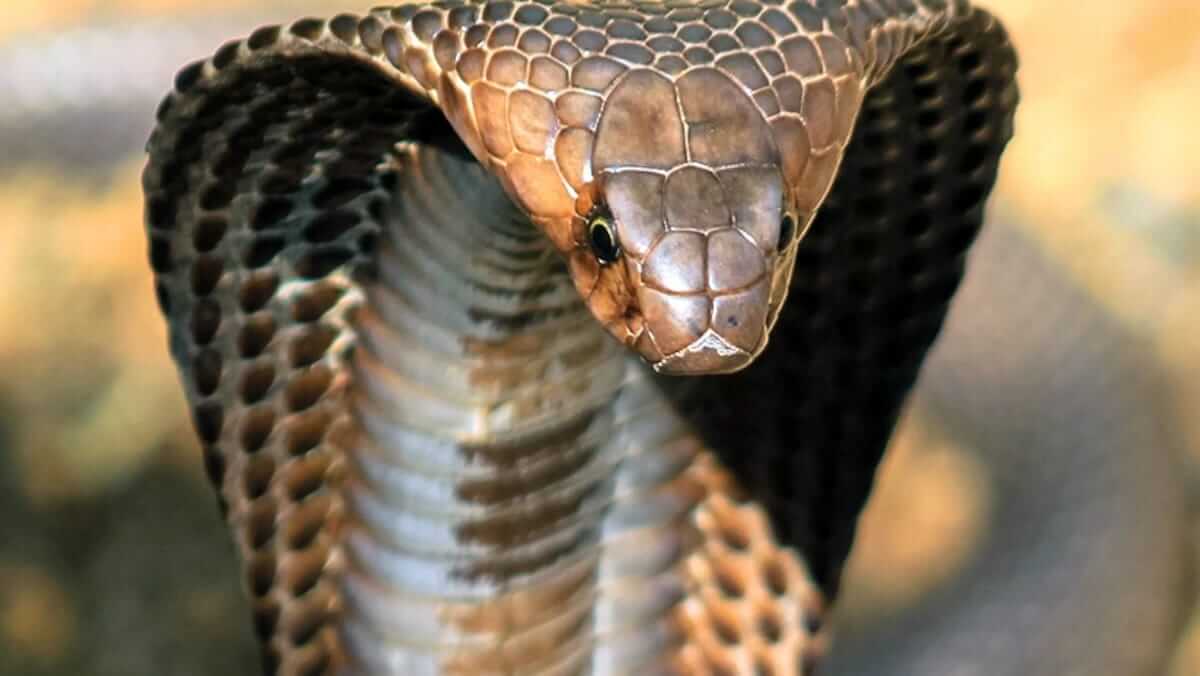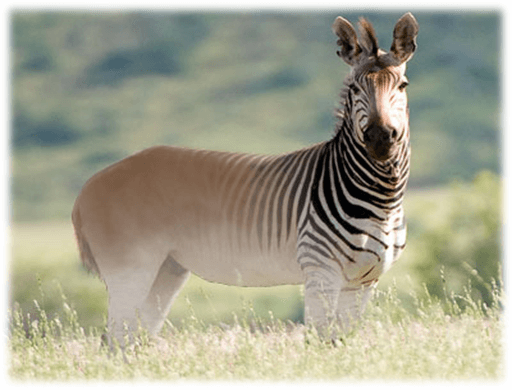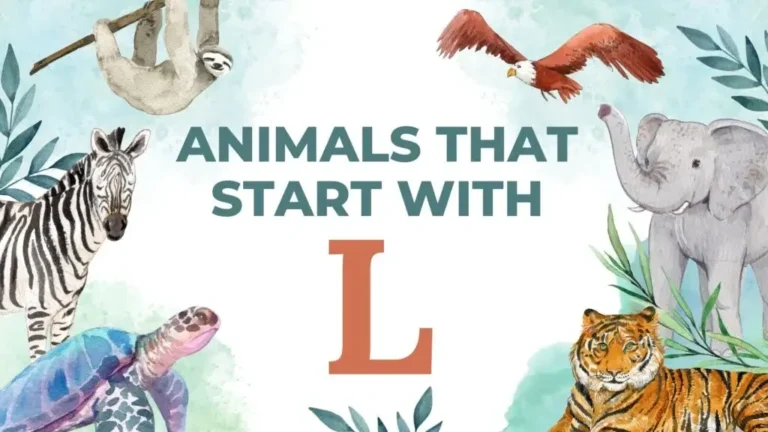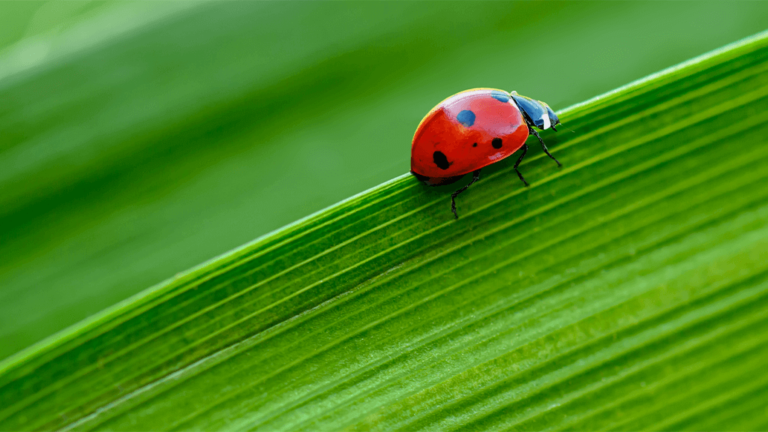King Cobra: The World’s Longest Venomous Snake
The King Cobra (Ophiophagus Hannah) is one of the most iconic reptiles in the world. Known for its incredible size, potent venom, and regal hood display, this apex predator is both feared and revered. In this article, we’ll dive into the fascinating world of the King Cobra, exploring everything from its physical characteristics to its behavior, evolutionary history, and interactions with humans.
Contents
Scientific Classification
- Kingdom: Animalia
- Phylum: Chordata
- Class: Reptilia
- Order: Squamata
- Family: Elapidae
- Genus: Ophiophagus
- Species: Ophiophagus hannah
The King Cobra is the sole member of its genus, Ophiophagus, which means “snake-eater” in Greek, highlighting its preference for preying on other snakes.
Physical Characteristics

The King Cobra stands out among serpents due to its size and distinctive appearance:
- Length: The King Cobra can grow up to 18 feet (5.5 meters), making it the longest venomous snake in the world.
- Color: Typically olive green, tan, or black, with yellow bands running the length of its body. Younger cobras often have more vivid colors and patterns.
- Head and Hood: It has a relatively large, flattened head with smooth scales. When threatened, it expands its hood to make itself appear more prominent, a behavior unique to cobras.
- Fangs and Venom: Unlike some venomous snakes with retractable fangs, the King Cobra has fixed fangs. Its venom, a potent neurotoxin, can cause respiratory failure in its prey.
Habitat and Distribution
King Cobras thrive in a variety of environments:
- Geographic Range: They are native to forests in Southeast Asia, including India, China, Indonesia, and the Philippines.
- Preferred Habitat: These snakes are often found in dense, high-altitude forests, mangrove swamps, bamboo thickets, and agricultural fields. They are also commonly found near bodies of water, like rivers and lakes, as they are proficient swimmers.
Behavior

King Cobras are unique among snakes in several behavioral aspects:
- Diurnal: Unlike many other snakes, the King Cobra is primarily active during the day (diurnal).
- Solitary Nature: They live solitary lives, coming together only for mating purposes.
- Defense Mechanism: When threatened, they raise one-third of their body off the ground, spread their iconic hood, and emit a deep, resonant hiss, a clear warning to potential predators or threats.
- Intelligence: King Cobras are known for being more intelligent than other snakes. They can assess threats and are more likely to retreat than engage unless cornered.
Diet
As the genus name Ophiophagus suggests, King Cobras are specialized snake-eaters. However, their diet also includes:
- Primary Diet: Other snakes, including rat snakes, pythons, and other venomous species like kraits. They are immune to the venom of most snakes.
- Occasional Diet: When other snakes are scarce, they may feed on small mammals, lizards, and birds.
Reproduction
King Cobras are the only snake species that build nests for their eggs. Their reproductive process is as fascinating as it is unusual:
- Mating Season: The breeding season typically occurs between January and April.
- Nesting: The female uses her body to gather leaves and debris to create a nest mound, where she lays 20 to 40 eggs.
- Parental Care: Remarkably, the female King Cobra remains near the nest to guard the eggs from predators. This is highly uncommon in the snake world. Once the eggs are about to hatch, the female leaves the nest to avoid being seen as a predator by her offspring.
- Incubation Period: The eggs incubate for 60 to 80 days, and once hatched, the juveniles are thoroughly evil and capable of hunting for themselves.
Predators and Threats
Despite their size and power, King Cobras do have natural predators:
- Predators: Young King Cobras are preyed upon by birds of prey, mongooses, and more giant reptiles. However, adult King Cobras have few predators due to their size and lethal venom.
- Human Threats: Humans pose the greatest threat to King Cobras. Habitat destruction, hunting for their skin, and use in traditional medicine all contribute to declining populations.
Conservation Status
The King Cobra is currently classified as Vulnerable by the International Union for Conservation of Nature (IUCN):
- Population Decline: Habitat loss, deforestation, and illegal poaching are the primary drivers of population decline. In many parts of Southeast Asia, they are captured for use in the exotic pet trade and traditional medicine.
- Conservation Efforts: Various wildlife protection laws exist across their range. Additionally, breeding programs in zoos are helping to maintain genetic diversity and reintroduce these snakes into the wild.
Interesting Facts
- Hood Display: When the King Cobra spreads its hood, the ribs and muscles in its neck fan out, creating a broader, more intimidating profile.
- Venom Yield: While its venom is not the most potent of all snakes, a King Cobra can deliver up to 7 milliliters of venom in a single bite. This is enough to kill an elephant or 20 humans.
- Sound: The King Cobra is one of the few snakes that can produce a growling hiss created by a low-frequency vibration in the windpipe.
Evolutionary History
Fossil records suggest that King Cobras evolved over millions of years from a common ancestor shared with other elapids, such as cobras, mambas, and coral snakes. Their snake-eating habits likely evolved to reduce competition for food resources.
The cobra’s hood is an evolutionary trait developed for defense, and over time, their venom has become more specialized, allowing them to target specific prey, especially other snakes.
Relationship with Humans
King Cobras have had a long and complex relationship with humans:
- Cultural Significance: In Hindu mythology, King Cobras are considered sacred and are often associated with the god Shiva. They are revered in many parts of India and are frequently used in snake-charming performances.
- Human Encounters: While they are typically shy and avoid humans, encounters in agricultural areas have increased due to habitat loss. King Cobras are responsible for a small number of human fatalities each year, but they generally avoid conflict.
- Conservation Advocacy: Conservationists are working to raise awareness about the importance of protecting the King Cobra and its habitat, promoting coexistence rather than fear.
Conclusion
The King Cobra is a majestic and powerful creature deserving of admiration and protection. Its incredible size, intelligence, and venomous bite make it one of the most formidable predators in the reptile world. However, human activities threaten its survival, and efforts must be made to conserve this species and its natural habitats. By understanding its role in the ecosystem and respecting its place in the wild, we can ensure that future generations will continue to marvel at the King Cobra.
- Golden Retriever Pros and Cons: What Every Pet Parent Should Know - 15 September 2025
- Cane Corso Dog Breed: Health, Care, and Lifespan - 14 September 2025
- Catahoula Leopard Dogs: Description, Temperament, Lifespan, & Facts - 21 July 2025







